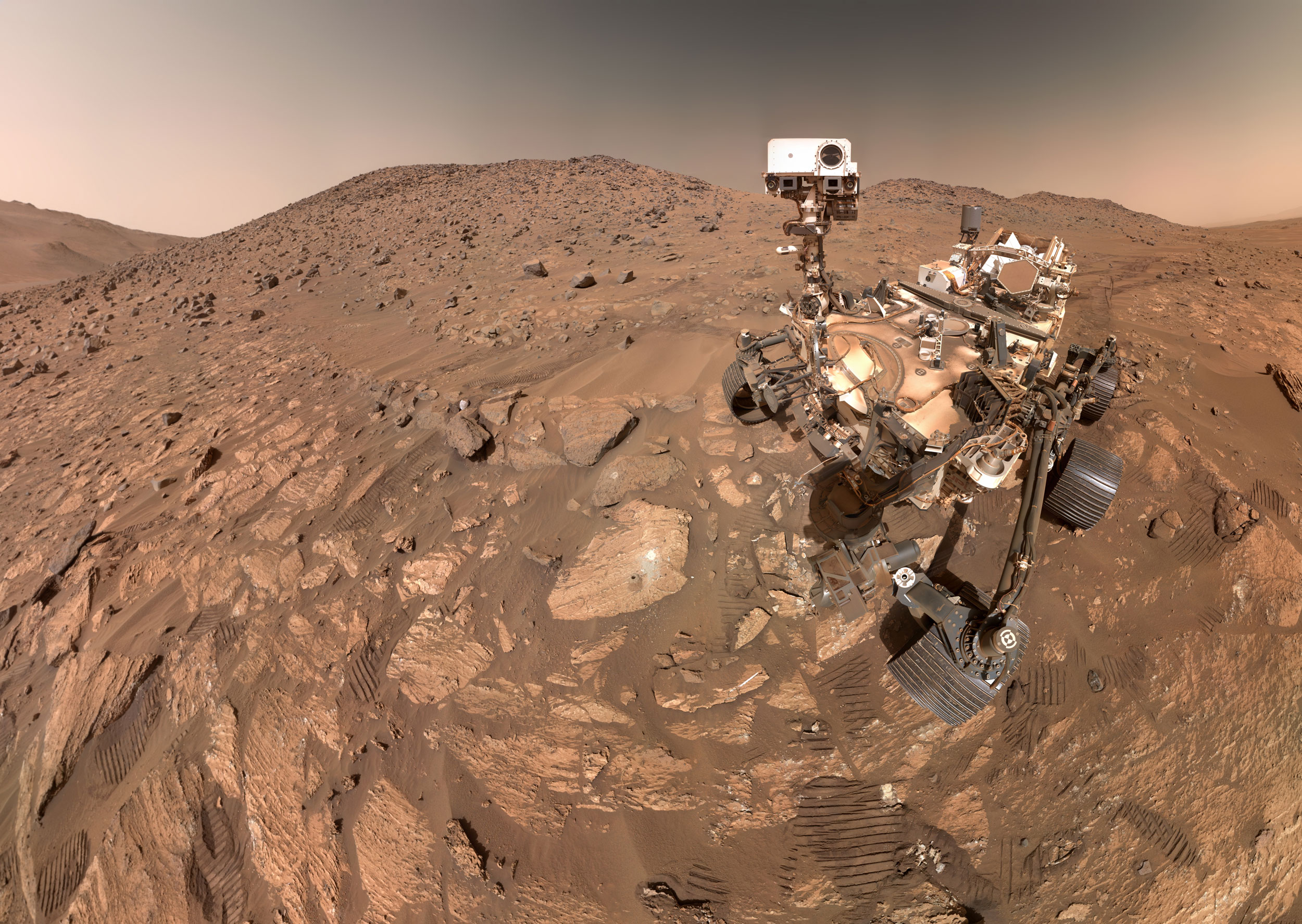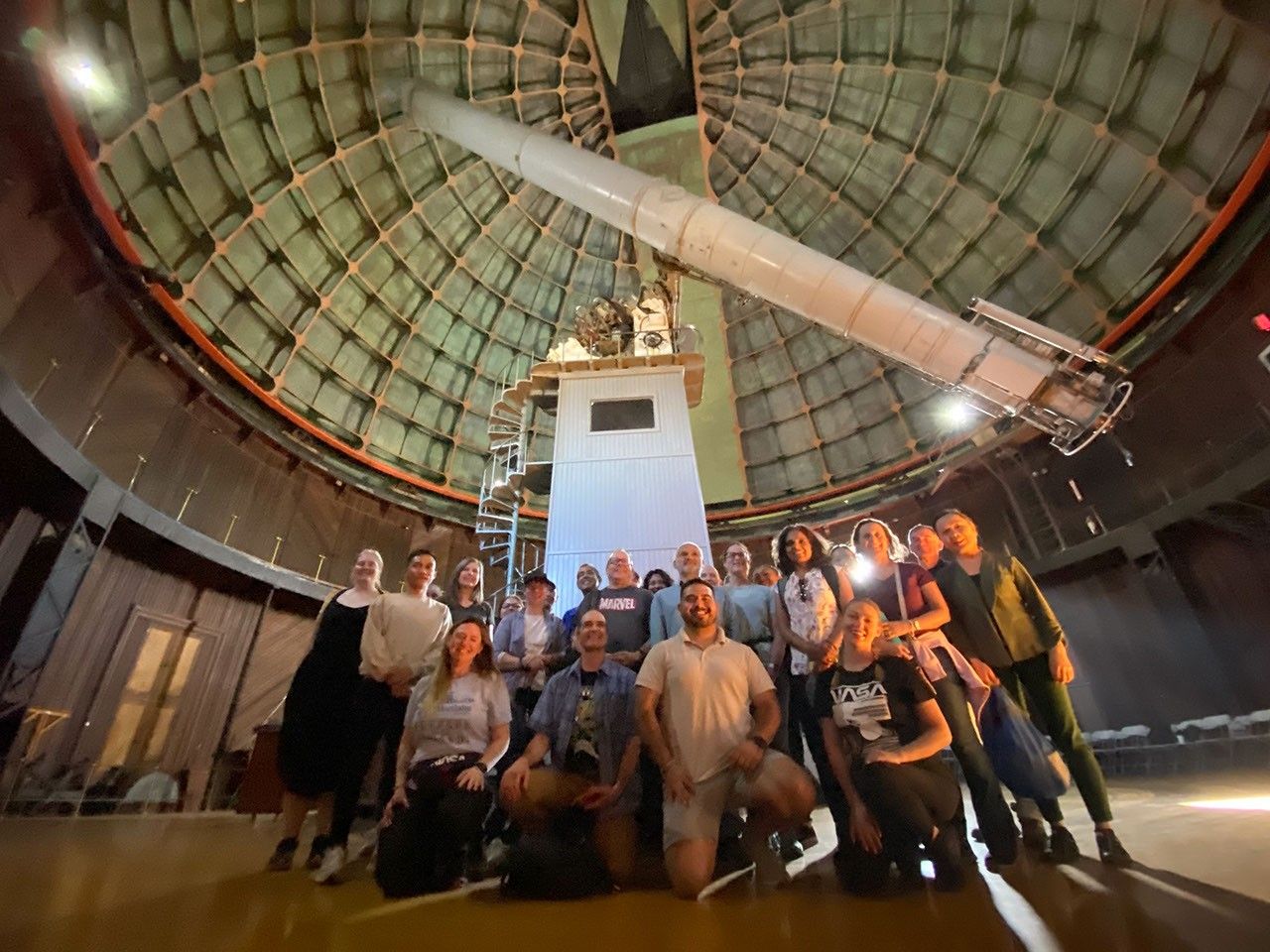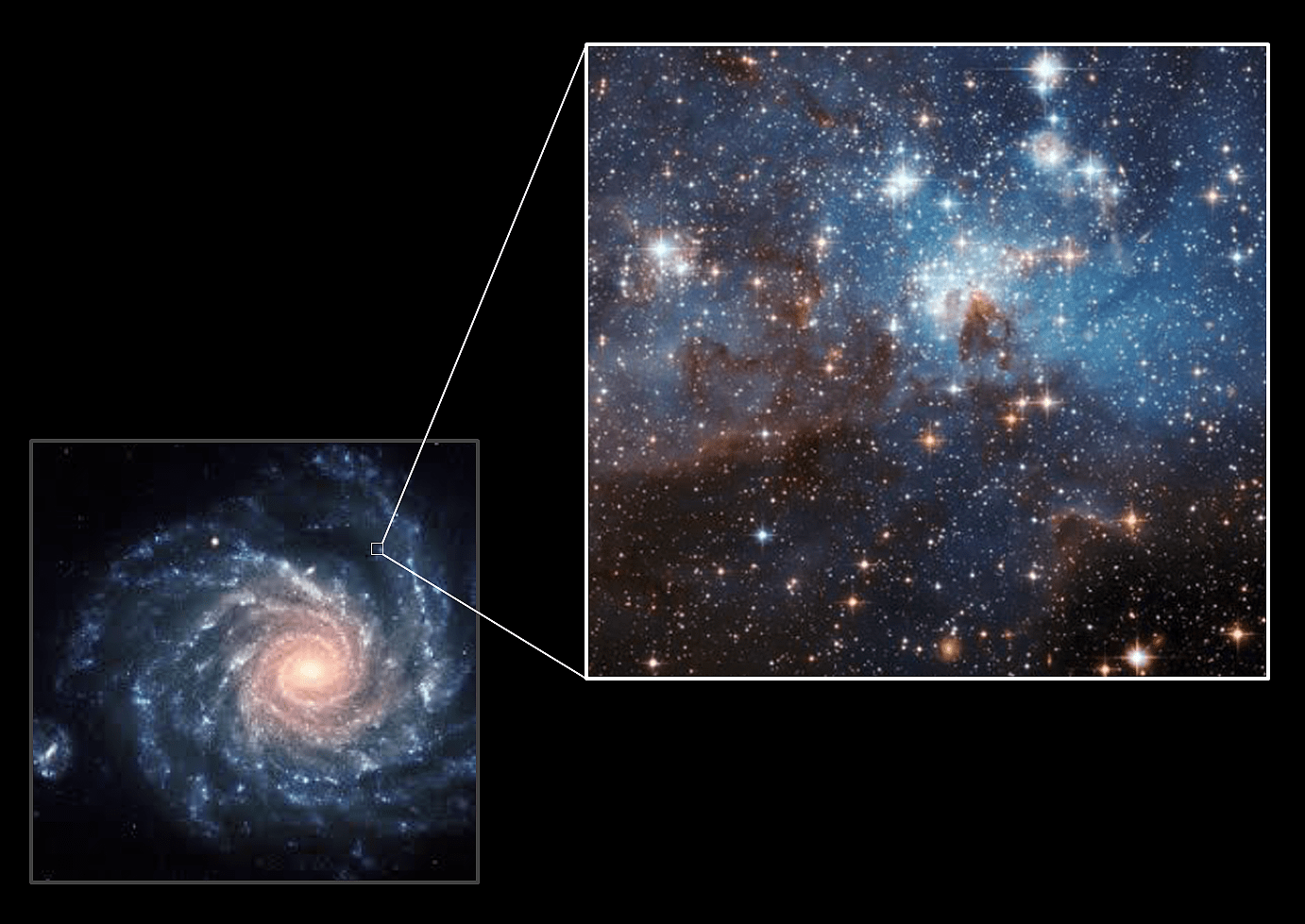Devon Crowe
Raytheon
A Kilometer Space Telescope (KST) will provide over three times the diameter and ten times the collecting area of the Arecibo groundbased radio telescope with diffraction-limited performance at optical, infrared, and millimeter wavelengths. This capability is orders of magnitude improvement over the Hubble (HST) and James Webb (JWST) instruments. This Phase 2 NIAC proposal extends Phase 1 technology to measure the optical performance at the meter laboratory scale to predict the performance of a one-kilometer space telescope. Each aspect of the technology, science, development, and mission science will be examined to produce these products:
- Science Requirements
- Lab Measurement of spherical primary optical quality
- Telescope Architectural Trades
- Telescope Design
- Telescope Performance modeling
- Launch and deployment methodology
- Mission Operations
- Science Data Reduction
- Simulated Science data, imagery, and results
- Development and Deployment Plan for KST
- Mission Plan
Dramatic increases in resolution and sensitivity will enable breakthrough science in the discovery and study of terrestrial planets, including spectroscopic search for signatures of life and intelligent life, and the study of some of the very early light emitting objects in the universe. Unlike other proposed approaches to kilometer class apertures such as interferometers or the Aragoscope, which are all photon starved, the filled aperture KST will be photon rich. A KST would revolutionize astronomy in ways we cannot now imagine. For example, no one predicted that the most stunning images from HST would be of Planetary Nebulae. And HST was only one order of magnitude finer than its predecessors. We will certainly spend more time in Phase II looking at what might be some of the driving science issues, but for now we simply state that the KST will give us an unparalleled new view of the Universe. Wherever it looks it will make new discoveries. A detailed set of lab experiments will demonstrate the viability of excised portions of spheres as primary mirrors. Optical performance will be measured interferometrically. We will study both passive and active ways to maintain diffraction-limited performance and to offer both wide field search and narrow filed detailed study modes of operation. The enabling technology also can be used for sun shades for the KST itself, as well as star shades for coronagraphic examination of terrestrial exoplanets. An early use of this technology could even be to launch star shades for use with JWST. It is possible to deploy structures 100 million times the volume of the launch vehicle payload bay, so in fact a large number of star shades for JWST could be deployed simultaneously, speeding surveys of star planetary systems. As noted in the Phase 1 report, the technology could also be used for large solar sails or habitats.































